In the male-dominated world of Indian financial institutions, are women at the helm still a rarity? At the dawn of the new millennium, India celebrates the remarkable progress of women in business. Women made great strides in boardrooms and courtrooms, on screen and in society. Indian women today broke the myth and emerge to the top of the corporate ladder.
Eight Indian women have made it to the Fortune list of 25 most powerful women in the Asia-Pacific region. More and more businesswomen are taking tougher jobs and helming bigger firms. More than a third of the women on our Asia-Pacific list are making their MPW (most powerful women) debut.”
Indian women who have made a mark include;
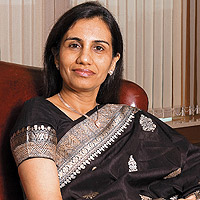 ICICI CEO Chanda Kochhar, has been ranked second across the region. She is the Managing Director & CEO of ICICI Bank and also heads the corporate centre of ICICI Bank. Mrs. Kochhar was born in Jodhpur, Rajhasthan and after completion of her schooling she moved to Mumbai and did graduation from Arts then pursued ICWAI, did her Masters from Jamnalal Bajaj Institute of Management studies, Mumbai.
ICICI CEO Chanda Kochhar, has been ranked second across the region. She is the Managing Director & CEO of ICICI Bank and also heads the corporate centre of ICICI Bank. Mrs. Kochhar was born in Jodhpur, Rajhasthan and after completion of her schooling she moved to Mumbai and did graduation from Arts then pursued ICWAI, did her Masters from Jamnalal Bajaj Institute of Management studies, Mumbai.
Her journey in ICICI started as a Management Trainee and then from numerous promotions she now holds the chair of CEO.
Kochhar is honoured with Padma Bhushan Award for her services to banking sector in the year 2010 and also awarded the “ABLF Women of Power Award (India)” in 2011 at the Asian Business Leadership Forum Awards.
The two Indian new entrants are Arundhati Bhattacharya and Nishi Vasudeva. State Bank of India’s Arundhati Bhattacharya, and HPCL’s Nishi Vasudeva, and have earned the fourth and fifth rankings respectively.
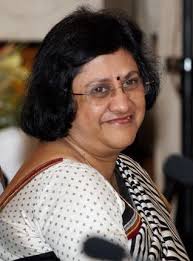 Arundhati Bhattacharya is the first woman to hold the ‘three-year post at the country’s largest bank and oversees a 208-year-old institution with $400 billion in assets and 218,000 employees dispersed among 16,000 branches across India’. She was born in a Bengali Brahmin family in the city of Kolkata. She joined State Bank of India as a Probationary Officer (PO) in 1977. She has held several positions during her 36 years carrier with the bank.
Arundhati Bhattacharya is the first woman to hold the ‘three-year post at the country’s largest bank and oversees a 208-year-old institution with $400 billion in assets and 218,000 employees dispersed among 16,000 branches across India’. She was born in a Bengali Brahmin family in the city of Kolkata. She joined State Bank of India as a Probationary Officer (PO) in 1977. She has held several positions during her 36 years carrier with the bank.
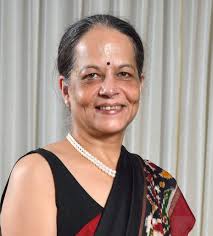 On the other hand, Nishi Vasudeva, CMD of Hindustan Petroleum Corporation Limited (HPCL) became the first woman to head an Indian oil company and one of only four women to helm a Global Fortune 500 firm in the Asia-Pacific region’. She is a MBA graduate of India Institute of Mannagement Calcutta. She started her carrier in the petroleum Industry with Engineers India Ltd. She has more than 34 years of experience in petroleum Industry.
On the other hand, Nishi Vasudeva, CMD of Hindustan Petroleum Corporation Limited (HPCL) became the first woman to head an Indian oil company and one of only four women to helm a Global Fortune 500 firm in the Asia-Pacific region’. She is a MBA graduate of India Institute of Mannagement Calcutta. She started her carrier in the petroleum Industry with Engineers India Ltd. She has more than 34 years of experience in petroleum Industry.
Other Indian women in the top 25 are: Axis Bank’s Shikha Sharma (10th), Biocon chief Kiran Mazumdar-Shaw (19th), National Stock Exchange (NSE) CEO Chitra Ramkrishna (22nd) NSE’s, Chitra Ramakrishna is the only woman on the list heading a stock exchange. HSBC’s Naina Lal Kidwai (23rd) and TAFE chairman and CEO Mallika Srinivasan (25th).
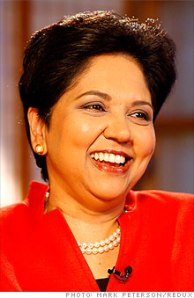 Meanwhile, Indra Nooyi, PepsiCo’s India-born CEO, She was born in a Tamil family in Chennai, and did her post graduation from IIM, Calcutta. Nooyi joined PepsiCo in 1994, she has been ranked third among the world’s most powerful business women by Fortune this year. She is only Indian-origin woman on this year’s global list, which has been topped by IBM chairman and CEO Ginni Rometty and General Motors CEO Mary Barra.
Meanwhile, Indra Nooyi, PepsiCo’s India-born CEO, She was born in a Tamil family in Chennai, and did her post graduation from IIM, Calcutta. Nooyi joined PepsiCo in 1994, she has been ranked third among the world’s most powerful business women by Fortune this year. She is only Indian-origin woman on this year’s global list, which has been topped by IBM chairman and CEO Ginni Rometty and General Motors CEO Mary Barra.
It is a pride for Indians that these women have reached the pinnacle of their career in a male dominated world, it is also a hard reality of our country that still, millions out there face discrimination when they are pitched against their men counterparts when the choice finally is made due to their gender. A huge number of female working professionals when married are made to look after their families indoors by resigning. Modern world have to accept the proved fact that they are second to none, whether it is home, or outside home at their workplace. With changing time, they have risen up to the occasion and managed the work in many areas such as industry, media, IT, politics. They are growing and working shoulder to shoulder with men almost in all areas.
“Let’s support them, encourage them and let them fly to touch the sky”
-Priyanka Sharma.
iMET Global

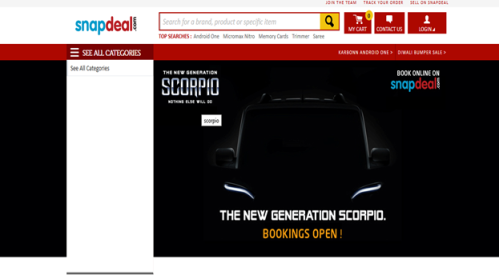

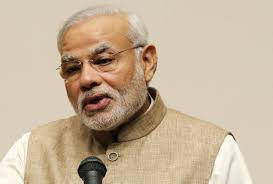
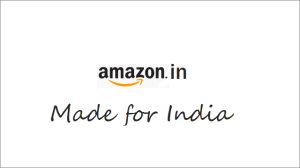

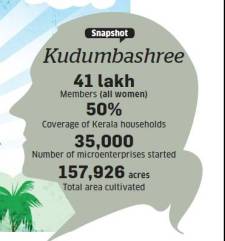

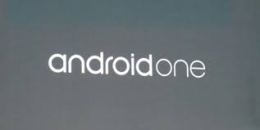


Recent Comments